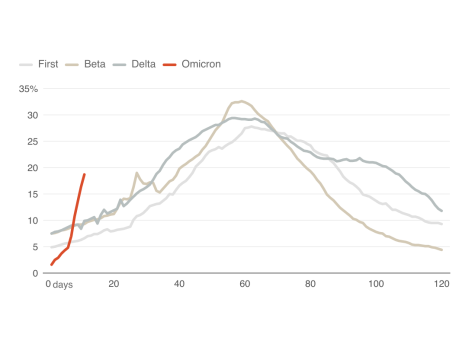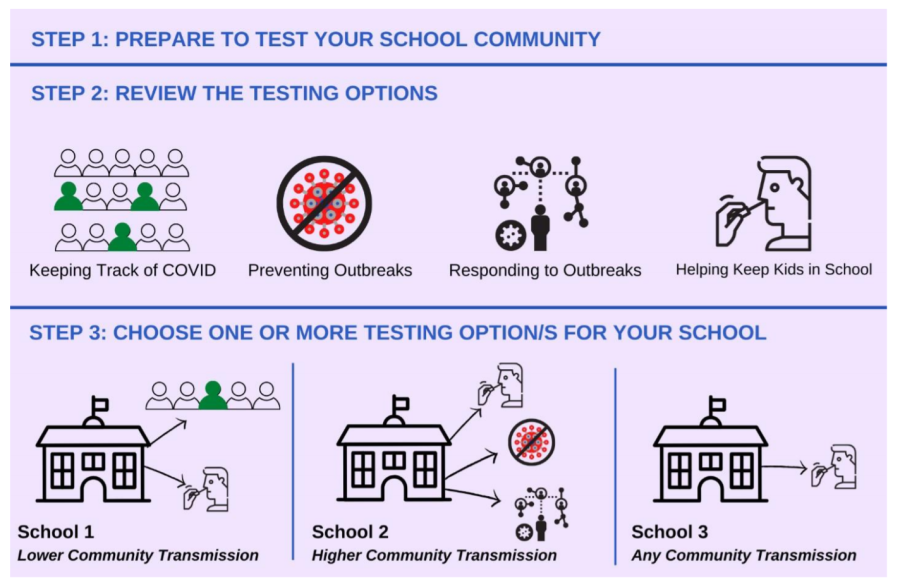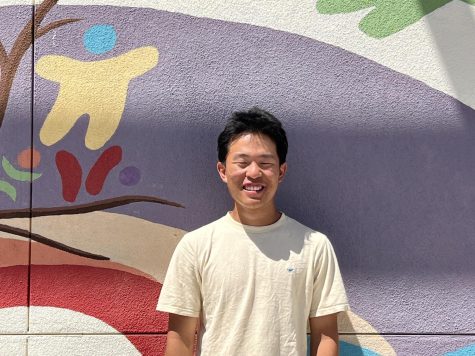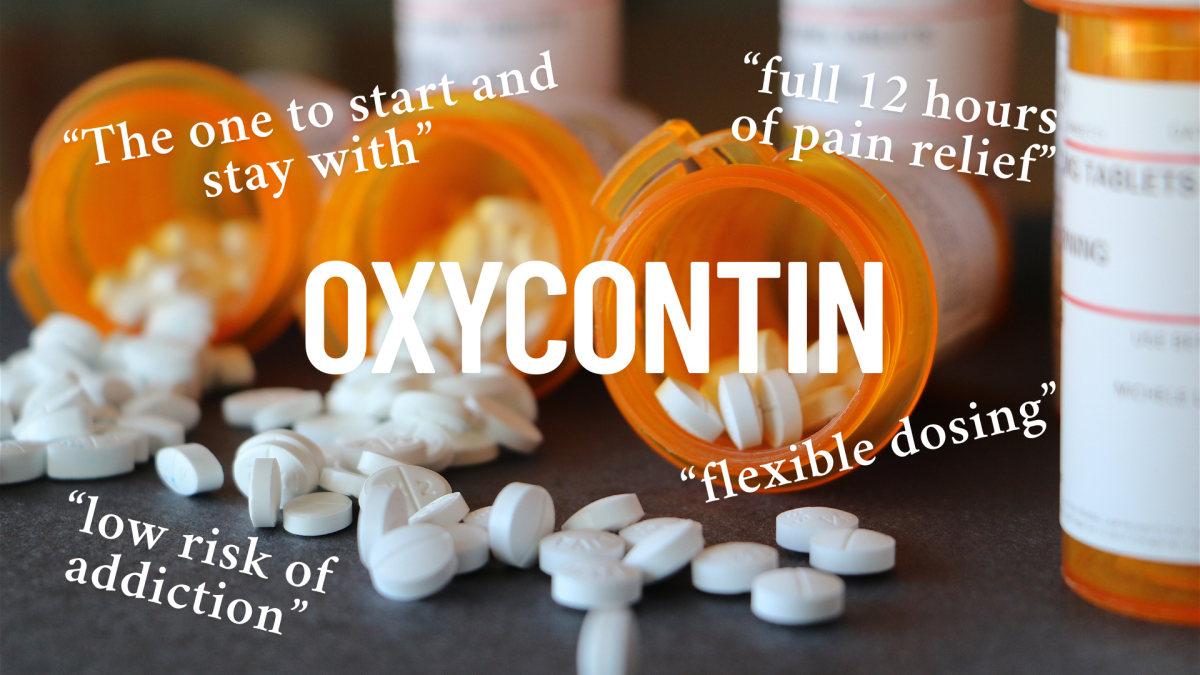Schools should shut down over Omicron. Here’s why.
PUSD, a prime example of “school 2” has to deal with outbreaks, contact tracing, and keeping kids in school all at the same time has to juggle many complicated tasks.
January 21, 2022
As Omicron continues to ravage the nation with its high transmission rates and its breakthrough capabilities, schools should take a precautionary approach towards the virus and shut down schools for the safety of their students.
The emergence of the Omicron variant has broken records, far surpassing any previous ones within the last nearly year and a half of the pandemic. In Alameda County alone, the number of new cases reported every day before Omicron, a steady 200, jumped to a daunting number of 2,500 cases per day now.
The past approaches
When school shut down in March of 2020 across California and a lockdown was instituted, the statewide levels that tested positive for COVID-19 was 5 percent.
“Online [schooling] was not a fun experience, but with COVID I could see why it was reasonable last year. I’d prefer to stay in person, but a lot of my teachers are sick,” said Brayden Yin (‘25).
Now, Omicron has that number raised to 20 percent. Even still, authorities on every level of government from Newsom to the district vow to keep schools open at all costs.
Keeping school open is a dangerous gamble, as Omicron is so far the most easily transmissible variant, and teachers, students, and family members are all at risk.
“My grandma is old, and I don’t want her to get sick. That’s why I wear my mask at all times, and to keep clean,” said Sehyun Park (‘25).
In New Jersey, the country’s state with the highest percentage of positive tests had their major school districts return only when 87.35% of the population had Omicron. Despite New Jersey not having as large of a population as California, nine-tenths of a population is still a hefty bar to set the line for returning to school.
Attendance rates

In PUSD alone, attendance rates have plummeted since the start of the new year, and it isn’t due to a new trend of skipping school.
“Before COVID, our attendance rate hovered at around 97 percent. In the first week, that dropped to 87 percent, and in the second week, that dropped to close to 80,” says Kelly French, Pandemic Services Coordinator.
It’s due to COVID, whether students have either contracted it or their families are worried about exposure to the fast-spreading variant, as observed by a biology teacher.
“I don’t think kids are skipping school. They’re staying home out of safety for others and themselves,” says Cora da Costa Pereira.
While Omicron’s effects are less severe than past variants and result in significantly lower mortality rates especially if vaccinated, those with older or younger family members or unvaccinated still remain in danger. Sick teachers also lead to staffing shortages.
“Kids who are vaccinated are a lot safer off than those who are not,” says Da Costa. “Everyone should go get vaccinated.”
State-level action
Gavin Newsom as well as his subordinates have vehemently denied the possibility of closing down schools.
“As we approach the new year, we reaffirm our shared commitment to one another, to our parents, and to our students: to keep each other safe and to keep our classrooms open,” said Newsom.
While on the surface caring about the well-being of the state and its students, motivations for this political gamble as no one knows how exactly Omicron will progress are unclear. The future for Omicron is murky, and for Newsom.
“Hopefully the situation will not get worse and everyone stays safe. That’s what the future hopefully looks like,” says French.
Potentially wanting to avoid a recall and keep public opinion on his side, Newsom has made the declaration of keeping schools open in an environment where absolutes are never guaranteed.
Controlling the virus
The CDC’s new mask policies as well as the district’s new soft recommendations have had no perceptible effect on the number of new people getting sick every week. At lunch and brunch, students still mix and eat with each other with little regard for masks, and even during passing periods and in class, a mask or two below the nose is a common sight.
“I see a lot of people at lunch and in the halls not wearing their masks or barely wearing them. It isn’t great, but there’s not much anyone can do about them,” says Park.
All this seems to prove towards the conclusion that there is no effective way to control the student population and the spread of the virus in-person school.
“I see a lot of kids wearing their masks below their noses, or simply taking them off. I try to tell them to keep safe properly, but it only works some of the time,” said Da Costa.
Remote learning
While remote learning is not deemed an effective way to learn nor is it desired, the time has come for when it is a necessity. The San Ramon district has already offered remote learning, in addition to multiple UCs and the Hayward school district due to staff shortages of teachers testing positive.
“I wouldn’t like online learning, but with so many teachers and students testing positive, it might be a necessary choice,” said Yin. “I had a teacher who was out for an entire week, and we basically had independent study all those days.”
If the district continues to refuse the possibility of remote learning, they are simply ignoring the many examples that have already been laid out all over the country and state.
Even without official remote learning, many teachers have already been putting teaching materials online, and with the attendance rates lower than ever, it appears that many teachers and students alike are anticipating it.
“I put everything-absolutely everything that we do in class on Google Classroom. It’s for the sick kids or the kids who want to stay home to be safe, and they shouldn’t fall behind in class because of that choice,” said Da Costa.
From a position of responsibility, the district should return to remote learning in order to heed the growing tide of Omicron.
“I’d like to keep my kids home if I could. At school, a lot of kids don’t wear their masks correctly, and keeping my children safe is a priority,” said Da Costa.





